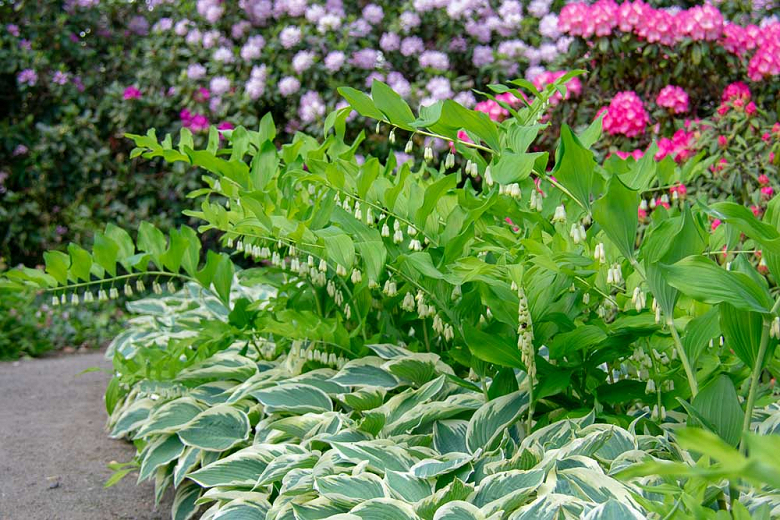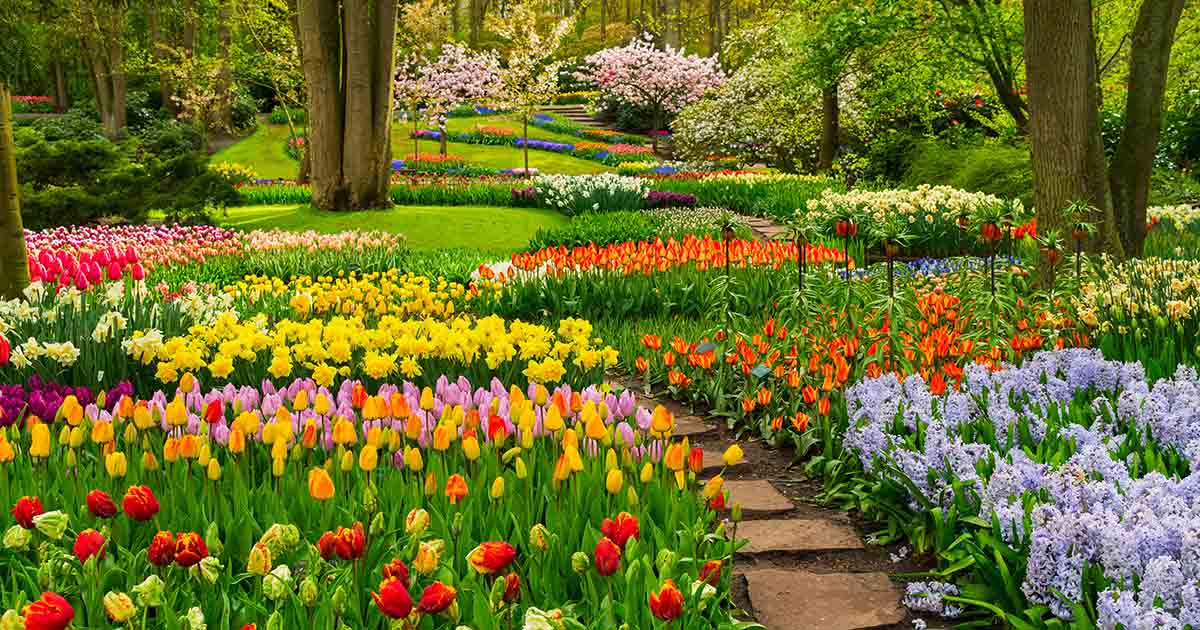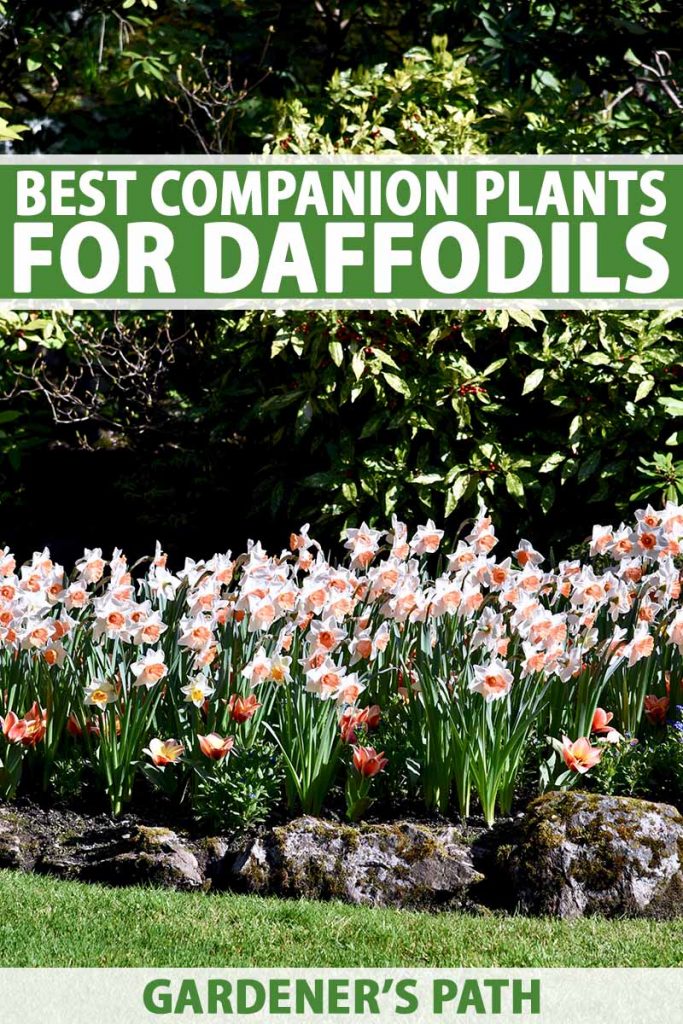Daffodil Companion Plants That Will Make Your Garden Pop
Daffodil Companion Plants That Will Make Your Garden POP
Daffodils are a classic spring flower that can brighten up any garden. But did you know that you can make your daffodils even more beautiful by planting them with companion plants? Companion planting is the practice of planting different types of plants together to create a mutually beneficial relationship. When you choose the right companion plants for your daffodils, you can help to improve their health, increase their lifespan, and even attract more pollinators to your garden.
In this blog post, we will discuss some of the best companion plants for daffodils. We will also provide some tips on how to plant and care for these companion plants, so that you can create a beautiful and thriving spring garden.
What to Look for in Companion Plants for Daffodils
When choosing companion plants for your daffodils, there are a few things you should keep in mind:
- Plants with similar growing conditions. Daffodils prefer full sun and well-drained soil. When choosing companion plants, make sure they have similar growing conditions. This will help to ensure that both plants thrive in your garden.
- Plants that complement daffodils' colors. Daffodils come in a variety of colors, so you can choose companion plants that complement their colors. For example, if you have yellow daffodils, you could plant bluebells or purple iris.
- Plants that attract pollinators. Daffodils are a popular nectar source for bees and butterflies. If you want to attract more pollinators to your garden, plant companion plants that also attract these insects. Some good options include lavender, echinacea, and milkweed.
Some of the Best Companion Plants for Daffodils
Now that you know what to look for in companion plants for daffodils, here are some of the best options:
- Bluebells. These delicate blue flowers bloom in early spring, just as daffodils are starting to fade. They are a great choice for adding a touch of color to your garden.

- Iris. Iris come in a variety of colors, so you can choose ones that complement your daffodils. They are also a good choice for attracting pollinators.

- Lilac. Lilac is a fragrant shrub that blooms in late spring. It is a great choice for adding height and interest to your garden.

- Hosta. Hosta is a shade-loving perennial that blooms in early summer. It is a great choice for filling in the spaces between daffodils.

- Astilbe. Astilbe is a tall perennial that blooms in late spring. It is a great choice for adding height and color to your garden.

How to Plant and Care for Companion Plants
Once you have chosen your companion plants, it is important to plant them correctly. Here are some tips:
- Plant companion plants in the same location as your daffodils. This will ensure that they have the same growing conditions.
- Plant companion plants at the same depth as your daffodils.
- Water companion plants regularly, especially during their first year of growth.
- Fertilize companion plants in the spring and fall.
Conclusion
By planting companion plants with your daffodils, you can create a beautiful and thriving spring garden. The companion plants we have listed above are just a few of the many options available. With a little research, you can find the perfect companion plants for your daffodils and add even more beauty to your garden.
Daffodils are a beautiful spring flower that can brighten up any garden. But did you know that there are certain companion plants that can help to enhance their beauty and longevity?
The right companion plants can help to:
- Improve the drainage and aeration of the soil around daffodils, which can help to prevent root rot.
- Provide shade for daffodils during the hot summer months, which can help to prolong their bloom time.
- attract pollinators, which can help to increase the number of daffodils that produce seeds.
- Create a more visually appealing garden by adding contrasting colors and textures.
If you're looking for some great companion plants for daffodils, I recommend checking out Gardenia Inspiration. This website has a comprehensive list of daffodil companion plants, along with information on how to plant and care for them.
FAQ of companion plants for daffodils
null
Image of companion plants for daffodils
- Tulip. Tulips are another popular spring bulb that can be planted alongside daffodils. They come in a wide range of colors, so you can choose tulips that complement the colors of your daffodils.

- Hyacinth. Hyacinths are fragrant bulbs that bloom in a variety of colors, including blue, pink, white, and purple. They can be planted in the same bed as daffodils or in a separate bed nearby.

- Crocus. Crocuses are small, early-blooming bulbs that come in a variety of colors, including white, yellow, purple, and lavender. They are perfect for adding a pop of color to your spring garden.

- Grape hyacinth. Grape hyacinths are another type of small, early-blooming bulb. They have clusters of blue, pink, or white flowers that look like grapes. They are perfect for adding a touch of sweetness to your spring garden.

- Bleeding heart. Bleeding hearts are perennials that bloom in the spring with pink or white flowers that resemble hearts. They can be planted in the same bed as daffodils or in a separate bed nearby.

Post a Comment for " Daffodil Companion Plants That Will Make Your Garden Pop"